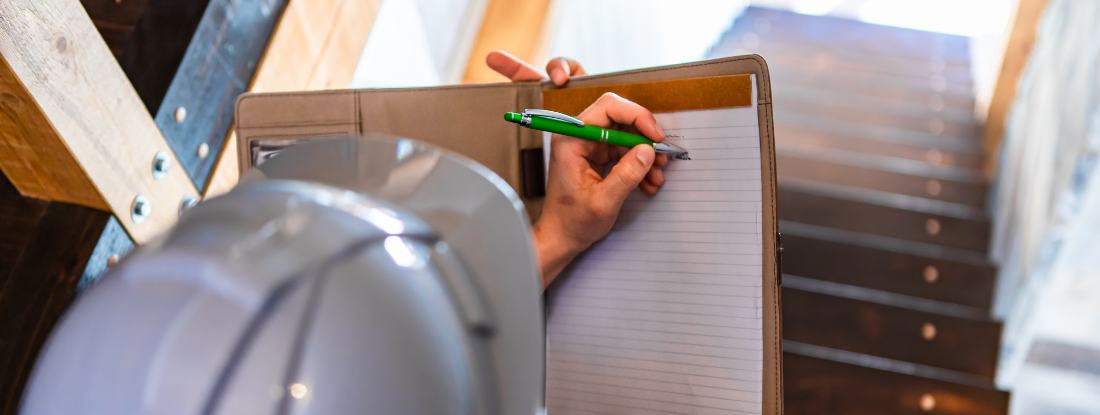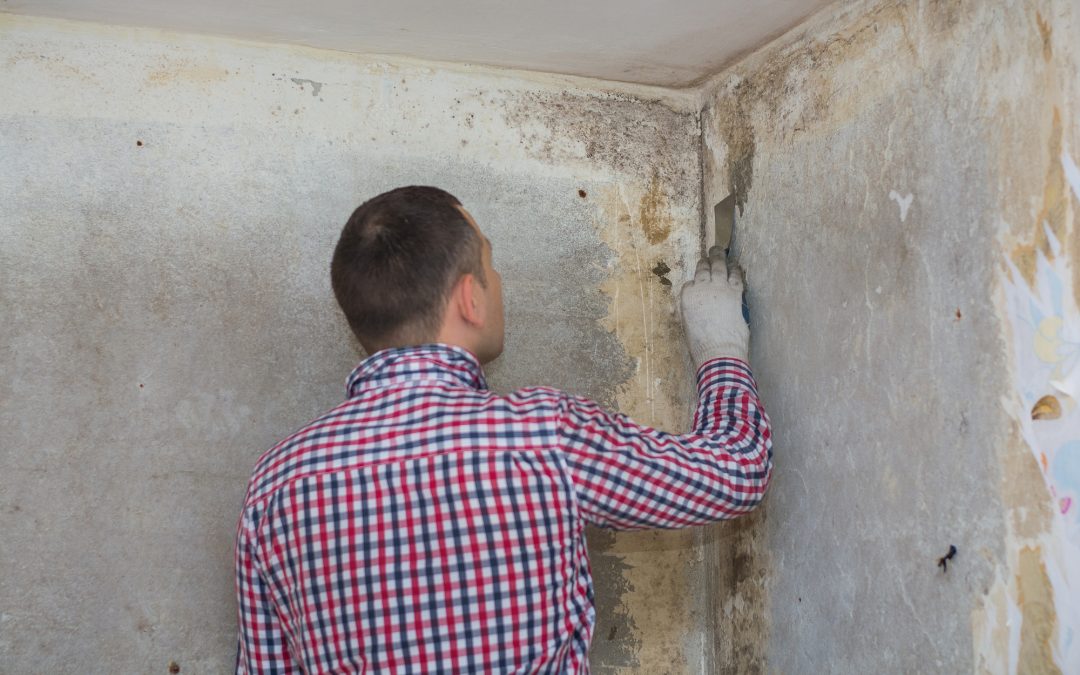Testing Air Quality After Mold Remediation
Specialist Tips for Post Mold And Mildew Remediation Success
In the world of mold removal, successfully removing mold and mildew is only half the battle; the true obstacle hinges on stopping its reappearance. Post-remediation initiatives play a vital function in making certain a mold-free setting in the lengthy term. By adhering to skilled ideas and best practices, people can secure their areas against mold revival and preserve a healthy indoor atmosphere. It remains in this stage of the removal process that interest to information and proactive measures really make a distinction.
Monitor Humidity Levels Routinely
Regular tracking of moisture levels is crucial in ensuring the efficiency of article mold removal efforts. After completing mold remediation treatments, keeping optimal humidity levels is important to stop mold re-growth and ensure a healthy and balanced indoor environment. Monitoring moisture degrees permits very early discovery of any kind of spikes or variations that could potentially cause mold resurgence. High moisture levels above 60% create a conducive setting for mold to thrive, making regular checking an aggressive step to protect against any kind of future mold problems - Post Mold remediation cleaning.
Utilizing hygrometers or moisture meters can aid in properly determining humidity degrees in various areas of the property. These devices supply real-time information that allows removal specialists to make informed choices relating to ventilation, dehumidification, and other necessary actions to maintain ideal moisture levels post-remediation. Additionally, developing a routine schedule for humidity checks, particularly in risky locations such as cooking areas, washrooms, and basements, is a positive technique to mold and mildew prevention. By consistently keeping track of moisture degrees, homeowner can successfully reduce the threat of mold and mildew reoccurrence and keep a healthy interior setting post-remediation.
Conduct Thorough Inspections Post-Remediation
Following the completion of mold remediation procedures, it is imperative to carry out detailed evaluations to confirm the performance of the remediation procedure. These post-remediation inspections are vital in making certain that the mold problem has been successfully attended to and that there is no reappearance or staying mold and mildew growth. Inspections need to be executed by certified experts that have experience in determining mold and mildew and analyzing indoor air top quality.
During these examinations, various approaches such as aesthetic analyses, air tasting, and surface area tasting might be used to completely examine the remediated areas. Visual analyses entail an in-depth assessment of the premises to look for any visible signs of mold growth or water damages. Air tasting assists in identifying the airborne mold spore degrees, while surface area sampling can detect mold and mildew bits on surface areas.
Implement Appropriate Air Flow Strategies
After ensuring the performance of the mold removal procedure through thorough inspections, the next vital action is to concentrate on applying proper ventilation strategies. Adequate air flow is essential in protecting against mold reoccurrence by managing wetness degrees and advertising air flow.
Appropriate ventilation not just help in stopping mold and mildew growth however also adds to the general wellness and comfort of occupants. By making sure ample ventilation throughout the residential property, you can decrease the threat of mold regrowth and develop a healthier living atmosphere. Routine maintenance of ventilation systems, consisting of cleaning and filter substitutes, is essential to sustaining effective air flow. Consulting with cooling and heating experts can supply more insights into enhancing ventilation methods for your specific residential property demands.

Usage Mold-Resistant Products for Repair Works
To enhance the long-term performance of mold and mildew removal efforts, including mold-resistant materials for repairs is crucial in alleviating the threat of future mold and mildew growth. Mold-resistant materials are designed to stand up to wetness and prevent mold and mildew growth, making them an essential choice for areas susceptible to moisture and moisture. When repairing locations impacted by mold, utilizing materials such as mold-resistant drywall, mold-resistant paints, and mold-resistant caulking can help protect against mold and mildew reoccurrence.
Mold-resistant drywall is an exceptional alternative to typical drywall in areas like shower rooms and cellars where dampness levels are greater. This sort of drywall has a special covering that withstands mold growth also when exposed to damp problems. Additionally, making use of mold-resistant paints including antimicrobial representatives can even more hinder mold and mildew advancement on walls and ceilings.
In helpful hints areas where dampness is typical, such as bathrooms and cooking areas, making use of mold-resistant caulking around windows, sinks, and bathtubs can aid secure out water and avoid mold from holding in cracks and crevices. By buying these mold-resistant materials during fixings post-remediation, you can significantly minimize the likelihood of future mold and mildew problems and keep a much healthier indoor environment.
Maintain Tidiness and Address Water Issues
After mold and mildew remediation, it is essential to preserve a clean setting to prevent the regrowth of mold. Leaks, water intrusion, or high moisture levels can produce the perfect breeding ground for mold and mildew, so it is essential to take care of any kind of water-related problems quickly.
To maintain sanitation, consider making use of HEPA filters in vacuum cleaners and air purifiers to trap mold and mildew spores and avoid their flow in the air. Additionally, making certain correct air flow in areas susceptible to moisture buildup, such as cooking areas and shower rooms, can aid keep remove mold dehumidifier moisture degrees in check. By remaining cautious about cleanliness and attending to water issues without delay, you click to read can properly stop mold reinfestation and preserve a healthy interior environment.
Verdict

In the realm of mold and mildew remediation, successfully eliminating mold and mildew is only half the battle; the true challenge lies in preventing its reappearance. After finishing mold removal procedures, maintaining optimal humidity levels is essential to prevent mold and mildew re-growth and make certain a healthy interior atmosphere. High moisture levels over 60% produce a conducive setting for mold to prosper, making routine monitoring a positive step to prevent any type of future mold and mildew issues.
To enhance the long-term performance of mold remediation efforts, including mold-resistant materials for repair services is critical in minimizing the threat of future mold growth. After mold remediation, it is vital to keep a clean atmosphere to prevent the regrowth of mold and mildew.